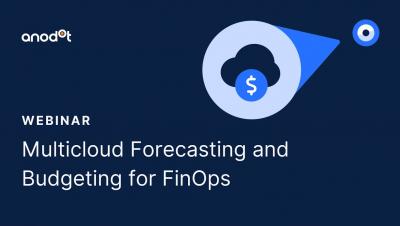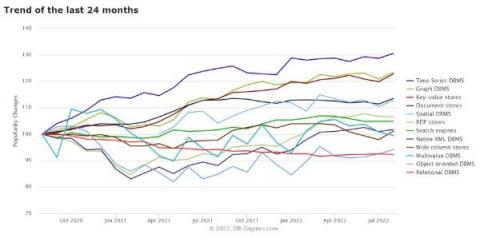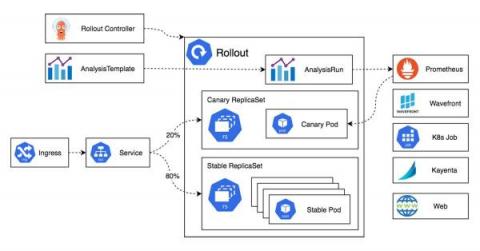Operations | Monitoring | ITSM | DevOps | Cloud
Analytics
8 Real-World MQTT Use Cases
MQTT is becoming the standard protocol for applications that operate in environments where network connectivity is intermittent or unreliable, reducing bandwidth usage is a priority, or where hardware resources are limited. In this post you will learn about some specific use cases where businesses are seeing value from making MQTT part of their tech stack.
How Google Sheet Skills Can Help You Be More Organized And Efficient
Connecting Apache Kafka and Aiven for ClickHouse
Relational Databases vs Time Series Databases
Databases are often the biggest bottleneck when it comes to application performance. Over the years a number of new database designs have emerged to help with not only basic scalability and performance but also to help improve developer productivity and make building certain types of applications easier. That isn’t to say these new databases are magical — there are always trade-offs being made and certain things are sacrificed for gains in other areas.
Measuring cloud cost efficiency for FinOps
Public cloud can deliver significant business value across infrastructure cost savings, team productivity, service elasticity, and DevOps agility. Yet, up to 70% of organizations are regularly overshooting their cloud budgets, minimizing the gap between cloud costs and the revenue cloud investments can drive.
An Introduction to GitOps and Argo
In an ideal world, developers would be able to release new products and features from development environments into production extremely fast while also not having to stress about breaking prod. Achieving this combination of development speed while also maintaining software reliability requires having the right toolchain and automation in place.
Use cases for ClickHouse
Managing Cloud Cost Anomalies for FinOps
Cloud cost anomalies are unpredicted variations (typically increases) in cloud spending that are larger than expected based on historical patterns. Misconfiguration, unused resources, malicious activity or overambitious projects are some of the reasons for unexpected anomalies in cloud costs. Even the smallest of incidents can add up over time leading to cost overruns and bill shock.










